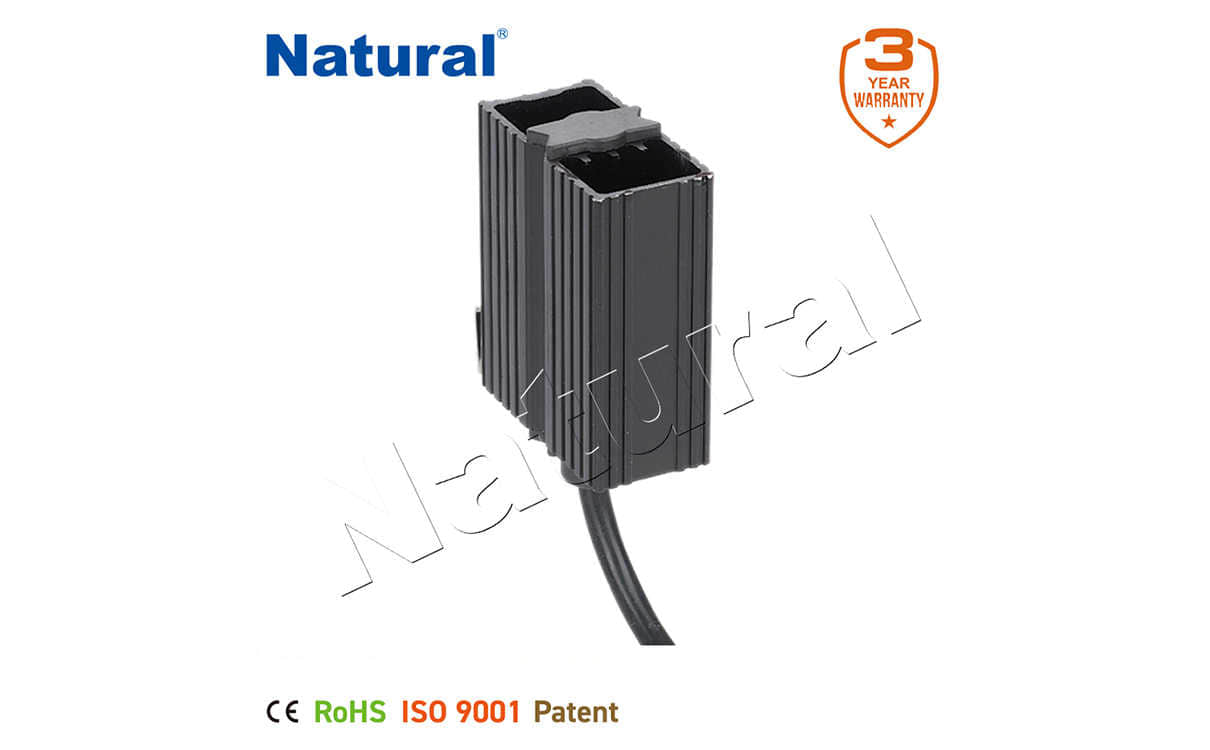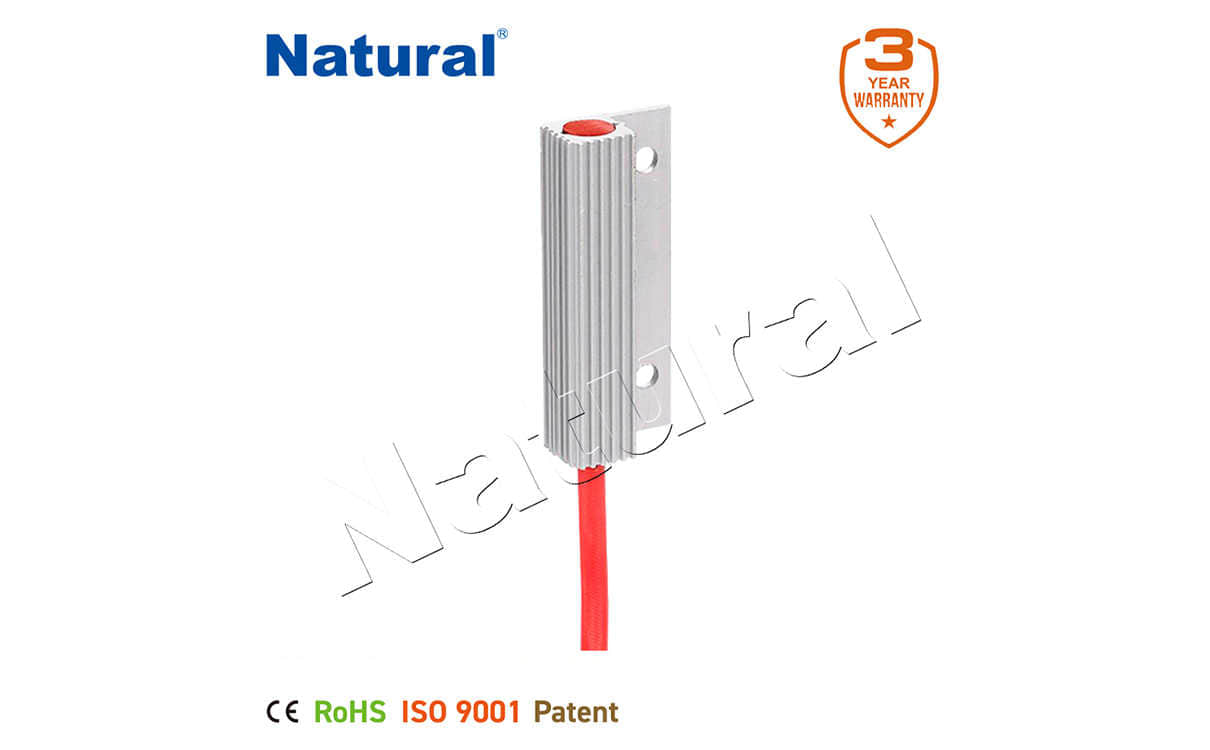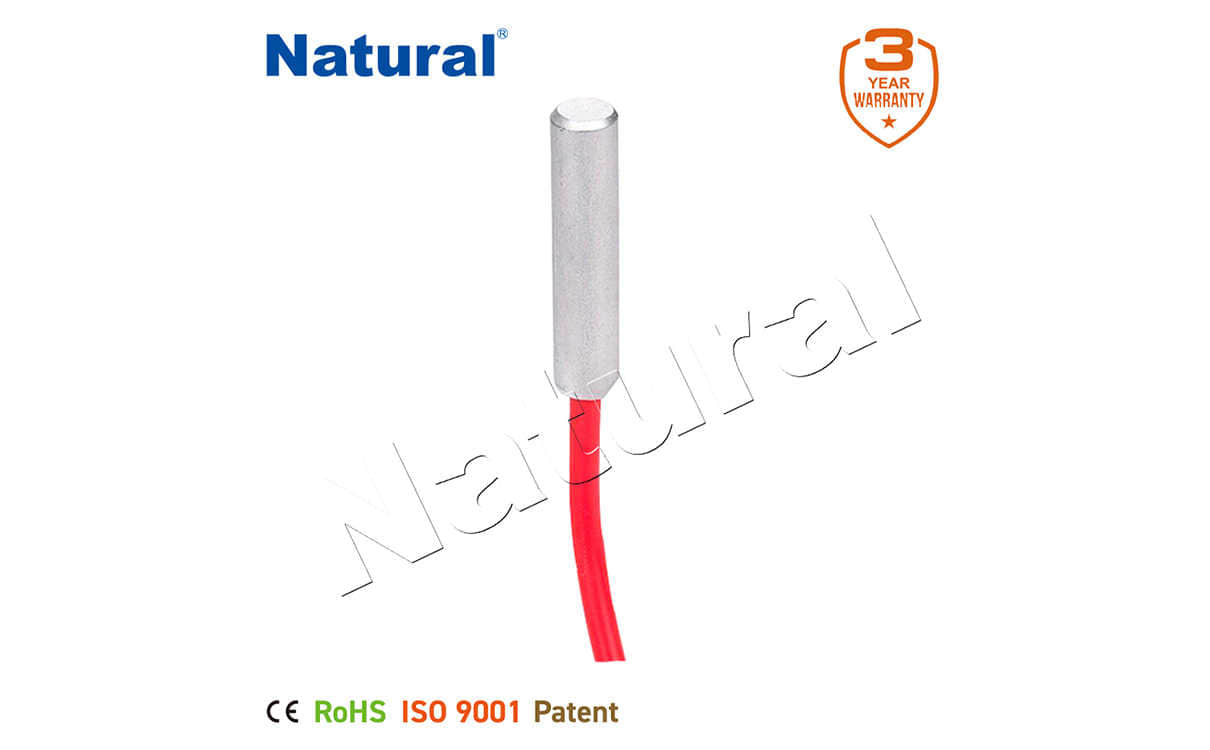semiconductor heater: revolutionizing thermal management in modern electronics
Release time:2025-08-25 15:37:05
Semiconductor heaters, also known as thermoelectric heaters, have emerged as an innovative solution for managing heat in a variety of electronic systems. As industries increasingly demand more compact, energy-efficient, and precise thermal solutions, semiconductor heaters offer unique advantages over traditional heating methods. This article explores the working principles, applications, advantages, and challenges of semiconductor heaters, providing a comprehensive understanding of their role in modern technology.

Understanding Semiconductor Heaters

At their core, semiconductor heaters operate based on the thermoelectric effect, specifically the Peltier effect. This phenomenon occurs when an electric current passes through the junction of two dissimilar semiconductor materials—typically one n-type and one p-type material. As current flows, one junction absorbs heat (cooling it), while the other releases heat (heating it). This temperature difference can be harnessed to generate controlled heating, making semiconductor heaters versatile components in various applications.

 28 items Patent
28 items Patent
 28 items Patent
28 items Patent
 28 items Patent
28 items Patent










